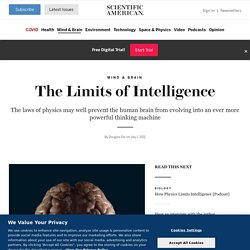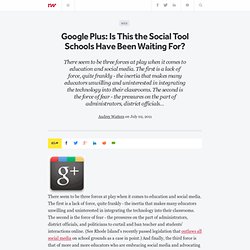

Welcome to Route 21. Www2.ed.gov/rschstat/eval/tech/evidence-based-practices/finalreport.pdf. 08.doc - Powered by Google Docs. Cognição, Ciência e Vida Cotidiana - Powered by Google Docs.
Social presence within the community of inquiry framework. Abstract The role of social presence as defined by the community of inquiry (CoI) framework is critiqued through a review of recent literature.

Evidence is presented that questions the actual extent of knowledge co-construction that occurs in most higher education settings and therefore challenges the framework’s underlying assumption of the need for sustained, contiguous, two-way communication in higher-level online learning environments. The CoI framework has evolved from the description of a learning process within a social constructivist paradigm to an empirically testable construct in an objectivist paradigm.
Related research results indicate that social presence does not impact cognitive presence in a meaningful way and that best teaching practices suggested by CoI-based studies are informed by objectivist, cognitively oriented learning theories. Introduction Rourke and Kanuka (2009) critiqued the CoI framework. The Limits of Intelligence. Santiago Ramón y Cajal, the Spanish Nobel-winning biologist who mapped the neural anatomy of insects in the decades before World War I, likened the minute circuitry of their vision-processing neurons to an exquisite pocket watch.

He likened that of mammals, by comparison, to a hollow-chested grandfather clock. Indeed, it is humbling to think that a honeybee, with its milligram-size brain, can perform tasks such as navigating mazes and landscapes on a par with mammals. A honeybee may be limited by having comparatively few neurons, but it surely seems to squeeze everything it can out of them. At the other extreme, an elephant, with its five-million-fold larger brain, suffers the inefficiencies of a sprawling Mesopotamian empire.
Signals take more than 100 times longer to travel between opposite sides of its brain—and also from its brain to its foot, forcing the beast to rely less on reflexes, to move more slowly, and to squander precious brain resources on planning each step. Google Plus: Is This the Social Tool Schools Have Been Waiting For? There seem to be three forces at play when it comes to education and social media.

The first is a lack of force, quite frankly - the inertia that makes many educators unwilling and uninterested in integrating the technology into their classrooms. The second is the force of fear - the pressures on the part of administrators, district officials, and politicians to curtail and ban teacher and students' interactions online. (See Rhode Island's recently passed legislation that outlaws all social media on school grounds as a case in point.)
And finally, the third force is that of more and more educators who are embracing social media and advocating its use on- and off-campus - for student learning and for teacher professional development alike. I spent this past week with many of those teachers at the International Society for Technology in Education conference in Philadelphia, and when Google unveiled Google+ on Tuesday, most of us were otherwise preoccupied. Plus Potentials for Schools. New Federal Data Tool Reveals Widespread Disparities - Politics K-12. Dashboard.